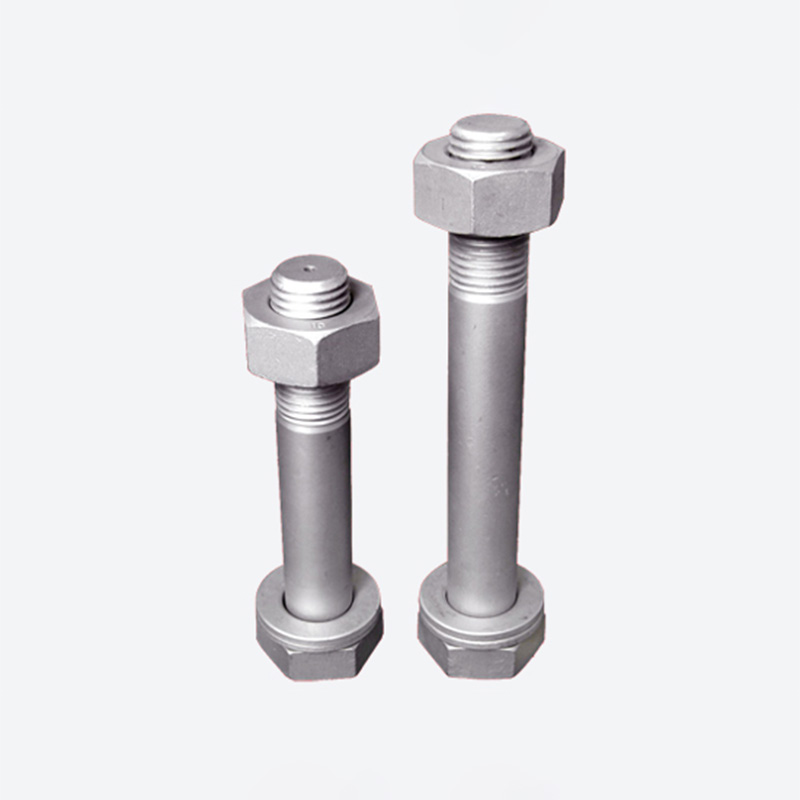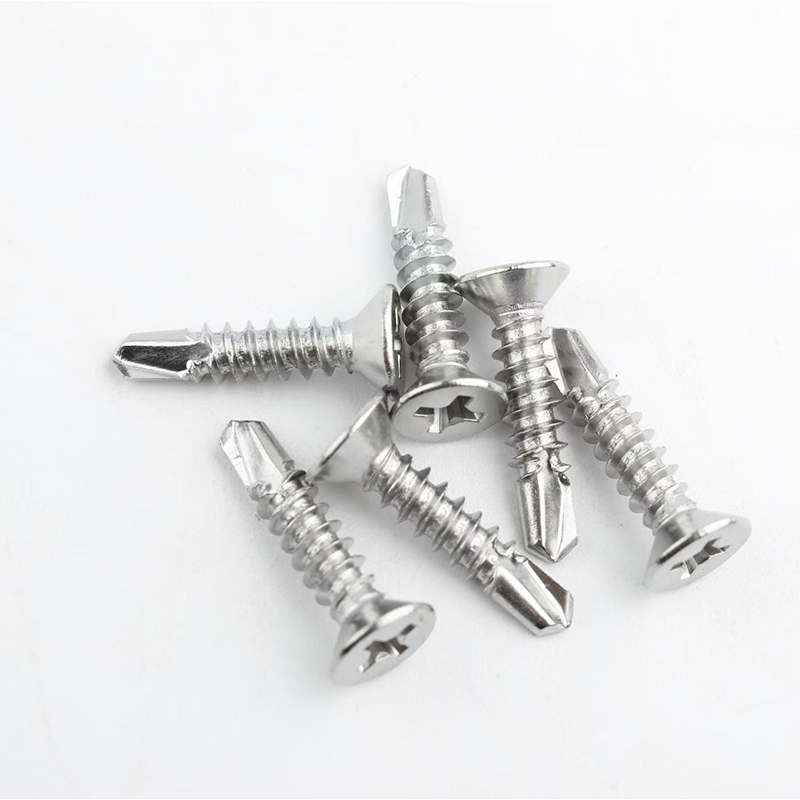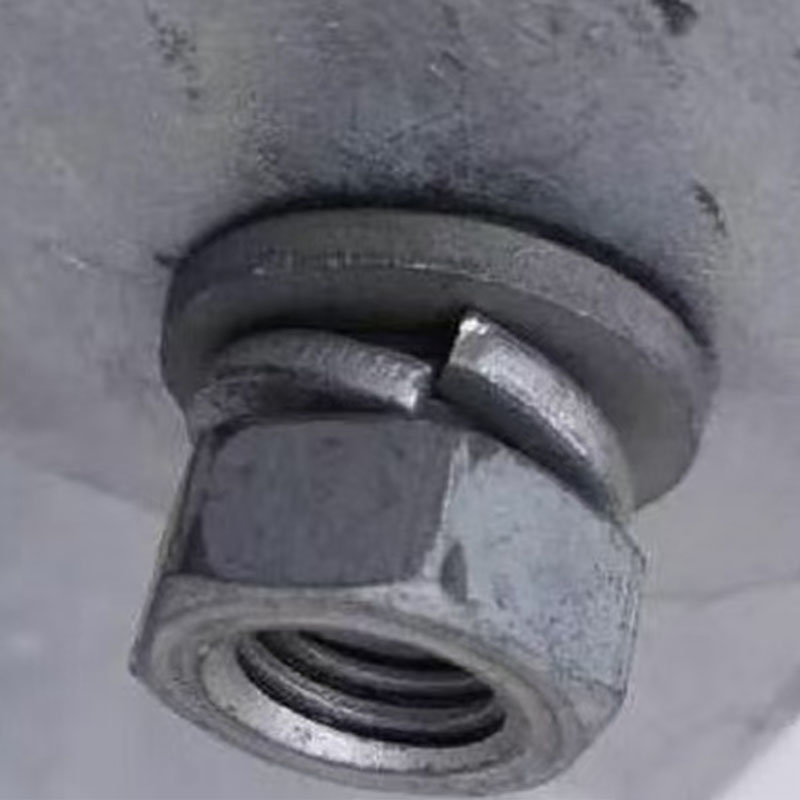- English
- Chinese
- French
- German
- Portuguese
- Spanish
- Russian
- Japanese
- Korean
- Arabic
- Irish
- Greek
- Turkish
- Italian
- Danish
- Romanian
- Indonesian
- Czech
- Afrikaans
- Swedish
- Polish
- Basque
- Catalan
- Esperanto
- Hindi
- Lao
- Albanian
- Amharic
- Armenian
- Azerbaijani
- Belarusian
- Bengali
- Bosnian
- Bulgarian
- Cebuano
- Chichewa
- Corsican
- Croatian
- Dutch
- Estonian
- Filipino
- Finnish
- Frisian
- Galician
- Georgian
- Gujarati
- Haitian
- Hausa
- Hawaiian
- Hebrew
- Hmong
- Hungarian
- Icelandic
- Igbo
- Javanese
- Kannada
- Kazakh
- Khmer
- Kurdish
- Kyrgyz
- Latin
- Latvian
- Lithuanian
- Luxembou..
- Macedonian
- Malagasy
- Malay
- Malayalam
- Maltese
- Maori
- Marathi
- Mongolian
- Burmese
- Nepali
- Norwegian
- Persian
- Punjabi
- Serbian
- Sesotho
- Sinhala
- Slovak
- Slovenian
- Somali
- Samoan
- Scots Gaelic
- Shona
- Sindhi
- Sundanese
- Swahili
- Tajik
- Tamil
- Telugu
- Thai
- Ukrainian
- Urdu
- Uzbek
- Vietnamese
- Welsh
- Xhosa
- Yiddish
- Yoruba
- Zulu
- Kinyarwanda
- Tatar
- Oriya
- Turkmen
- Uyghur

د فولادو جوړښت بولټونه څنګه په پایښت کې وده کوي؟
2025-08-05
د فولادو جوړښت بولټونه د ساختمان خاموش کاري هارونه دي، مګر د دوی رول د ډیرو دوامداره کړنو په لور روان دی. دا یوازې د ټیک کولو موادو په اړه ندي. دا د صنعت په کچه بدلون دی، د چاپیریال فشارونو او ټیکنالوژۍ کې نوښتونو لخوا هڅول شوی.
په اساساتو پوهیدل
راځئ د هغه څه سره پیل وکړو چې موږ یې د فولادو جوړښت بولټونو څخه معنی لرو. دا مهمې برخې د پلونو څخه تر اسماني ودانیو پورې هرڅه ساتي ، ډیری وختونه پرته له کوم دوهم فکر څخه چې د دوی ترکیب ته ورکړل شوي. په دودیز ډول، تمرکز په ځواک او اعتبار دی. مګر اوس، پایښت مخلوط ته ګام پورته کوي.
په لور حرکت کوي پایښت په بولټونو کې یوازې د ریسایکل شوي موادو کارولو په اړه ندي. دا د تولید پروسو، د ژوند دورې اغیزو، او حتی ترانسپورت په اړه هم دی. صنعت په دې پوهیدل پیل کوي چې د تولید څخه تر نصب پورې هره مرحله بیاکتنې ته اړتیا لري.
د مثال په توګه، شرکتونه لکه د هینډان شینګټونګ فاسټینر مینوفیکچرنګ شرکت، LTD په خپلو پروسو کې د چاپیریال دوستانه عملونو شاملولو لپاره مخکښې هڅې کوي. په دې اړه نور وروسته، مګر د ویلو لپاره بسنه ده، دا یوازې یو عادي بدلون نه دی - دا یو معمول کیږي.
نوښتګر توکي او تخنیکونه
اوس، کله چې موږ د نوښت توکو په اړه خبرې کوو، دا یوازې د یو ډول فلزاتو د بل لپاره د بدلولو مسله نه ده. د سطحې لاندې ډیر څه روان دي. د مثال په توګه، نانو ټیکنالوژي د رول لوبولو پیل کوي، وده کوي دوام او پایښت د فاسټینرونو
یو په زړه پوری پرمختګ د پرمختللو کوټینګونو کارول دي چې د زیان رسونکي کیمیاوي موادو پرته د اوږدې مودې لپاره مقاومت کوي. دا د بولټونو ژوند اوږدوي، د بدیل اړتیا کموي او په پایله کې، د سرچینو مصرف.
په عملي اړخ کې، دا پوښونه حتی د لږې انرژۍ په کارولو سره، په اغیزمنه توګه کارول کیدی شي. او دا یوازې د سطحې سکریچ کول دي. نظر دا دی چې د بشپړتیا ساتلو په وخت کې د حدودو فشار ته دوام ورکړي چې دا بولټونه د دې لپاره پیژندل شوي.
د وجدان سره تولید
د ګیرونو بدلول، راځئ چې د تولید پروسې ته لاړ شو. دودیز میتودونه د انرژي متمرکز دي، د CO2 د پام وړ کچې جذبوي. په هرصورت، د نوي ټیکنالوژیو او میتودونو پلي کول کولی شي دا کم کړي.
د مثال په توګه، د هانډان شینګټونګ فاسټینر جوړونې شرکت، LTD د ضایعاتو کمولو لپاره عصري تخنیکونه لټوي. د دوی د تولید لینونو اصلاح کولو سره، دوی نه یوازې موثریت لوړوي بلکې د دوی د کاربن فوټپرنټ کموي. جزئیات د دوی په ویب پاڼه کې موندل کیدی شي، شینګټونګ فاسټینر.
دا د ننګونو پرته نه ده، که څه هم. د کیفیت ساتلو او د نویو کړنو پلي کولو تر منځ یو توازن عمل دی. مګر ژمنتیا شتون لري، د بورډ په اوږدو کې د اوږدې مودې بدلون لپاره تخمونه کرل.
د ژوند پای په اړه نظرونه
یو بل اړخ چې ډیری وختونه له پامه غورځول کیږي هغه څه پیښیږي کله چې دا بولټونه د دوی د ژوند پای ته ورسیږي. په دودیز ډول، تصفیه یو خطي پروسه وه، مګر د پایښت مدافعین د سرکلر اقتصاد چلند لپاره فشار راوړي.
ریسایکل کول دلته کلیدي دي. د سکریپ بیا خړوبولو او په نویو بولټونو بدلولو سره، موږ کولی شو د چاپیریال اغیزې د پام وړ کم کړو. ځینې شرکتونه حتی د بیرته اخیستلو سکیمونه لټوي، په فعاله توګه د بیا پروسس کولو لپاره کارول شوي بولټونه بیرته ترلاسه کوي.
دا یو راڅرګندیدونکی رجحان دی، او پداسې حال کې چې دا د لوژستیکي خنډونو پرته نه دی، دا په زیاتیدونکي توګه د یوې ګټورې لارې په توګه لیدل کیږي. هرڅومره چې موږ د دې شاوخوا زیربناوې او سیسټمونه رامینځته کوو ، هومره موږ د تړل شوي لوپ سیسټم ته نږدې کیږو.
د ډیزاین رول
ډیزاین یوازې د جمالیات په اړه ندي کله چې د بولټونو خبره راځي؛ دا د فعالیت او موثریت په اړه دی. موږ څنګه دا اجزا ډیزاین کوو کولی شي د دوی اغیزه وکړي پایښت په پراخه توګه
په ډیزاین کې دقیقیت، د کمپیوټر په مرسته موډلونو له لارې، د غیر ضروري موادو په کمولو کې مرسته کوي. په هر بولټ کې لږ مواد کولی شي د صنعت په کچه د لوی سپما لامل شي، پرته له دې چې په ځواک باندې جوړجاړی وکړي.
سربیره پردې ، ماډلر ډیزاینونه مشهور کیږي. دا یوازې یوه ګونګه کلمه نه ده؛ موډلیت آسانه اپ گریڈونو او بدیلونو ته اجازه ورکوي، په دې توګه د ژوند دوره اوږدوي او د چاپیریال پایلو ته وده ورکوي.









